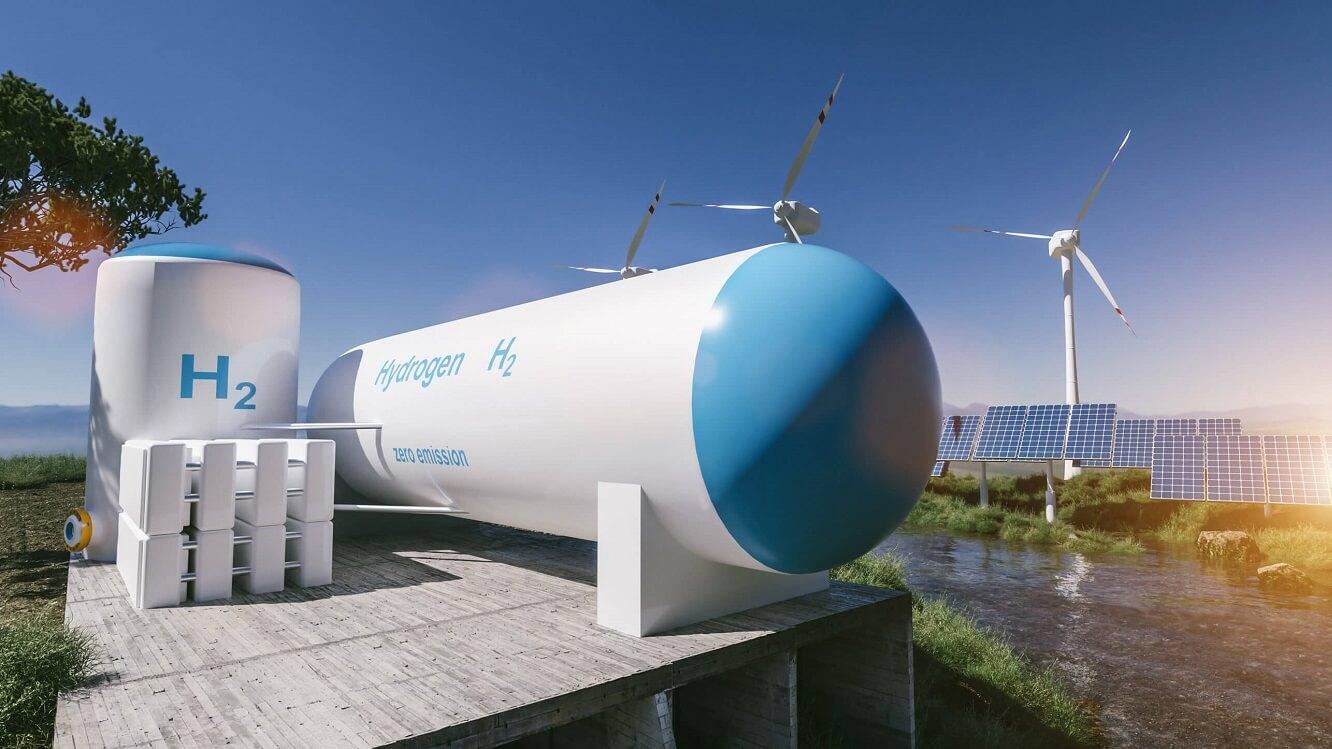Industrialists have delightedly hailed the government’s new green hydrogen policy offering incentives to produce 5 million tons of hydrogen by 2030. India already produces solar and wind energy more cheaply than new thermal power. But while renewables can replace fossil fuels in many uses, coal is still needed in industries like steel and cement, and liquid fuels in shipping and airlines (renewables cannot power long trips).
Passing electricity through water produces hydrogen. If the electricity comes from renewable power, the output is called green hydrogen. This can be stored and later burned to produce high-intensity energy for steel, cement, shipping and airlines. It can be used to produce fertilisers. It has enormous potential. But please hold the champagne. It also carries big economic and safety risks. An experimental technology, it could be a big hit or big flop. The government should be cautious in expending financial and human resources.
Encouraging research and pilot plants is highly desirable. But the huge 2030 target should be renamed an “aspiration” since a “target” may be seen by politicians as an excuse to throw good money after bad if the technology fails. A Plan B for prudent retreat should be built into the overall strategy.
A hundred years ago, heavier-than-air aircraft invented by the Wright brothers were too costly and fuel-guzzling to be viable, and had little passenger capacity. Since hydrogen was lighter than air, companies built huge hydrogen-filled steel airships needing little energy for propulsion. Airships could carry 100 people over long distances. Their future seemed bright. But hydrogen is highly inflammable and explosive. The slightest leak or spark could mean disaster. In 1937, the Hindenburg, an enormous airship, caught fire, killing 36 people. Dramatic photos spread the message that airships were unsafe. The entire airship industry collapsed, never to revive.
No matter how attractive green hydrogen may seem today, it is also dangerous. If the government and big industrialists spend lakhs of crores on developing it, this carries the risk of disaster and industrial collapse as with the Hindenburg. India should keep the proportion of green hydrogen in total energy modest so that a shutdown after a possible disaster does not cripple transport and industry.
Another cautionary tale comes from the Fukushima nuclear power station in Japan. An earthquake in 2011 let the sea flood in, causing nuclear meltdowns, hydrogen explosions, and large-scale radioactive leakage. Over 150,000 people were evacuated and long-run effects are still unknown. Earlier, the Chernobyl nuclear disaster of 1986 killed thousands and highlighted the risks of nuclear power. Fukushima forced countries across the world to rethink the green strategy of replacing fossil fuels with nuclear power is now just a niche solution.
Technology changes so often and swiftly that no country should choose winners in advance. The classic cautionary story is US President Obama’s loan guarantee of $535 million to Solyndra, a company with a new technology based on copper indium gallium selenide rather than conventional silicon. The company promised to create thousands of jobs but alas the price of conventional silicon solar cells made in China kept plummeting. Solyndra’s brave new technology became hopelessly uneconomic, and it went bust. Obama never got over that fiasco.
The Indian government is not choosing any specific green hydrogen technology: it is happy to see many hydrogen technologies compete. However, as with Solyndra, the risk remains that some other technology may prove more economic and kill green hydrogen. We must prepare for that possibility.
In January, Mukesh Ambani pledged a massive $80 billion investment in renewables, hydrogen and related sectors. Gautam Adani proposed spending $70 billion on renewables including solar equipment. Last year, Ambani said that within a decade his new plants would reduce the price of green hydrogen — produced using renewable energy — from $3/kilo to just $1/kilo. It is an admirable, ambitious target that would be a boon for humanity. But what if he fails? If the massive investments proposed by Ambani, Adani and other players require huge government subsidies, critics will, rightly, call it cronyism. If their multi-billion ventures cannot compete and go bust, will they be bailed out? If so, critics will call it the cronyism of the century. The government must keep its financial commitments modest and leave most risks on the shoulders of industrialists.
Green hydrogen is a risky gamble. I would rather go for other green technologies that are safer. Never forget the lessons from Hindenburg, Solyndra, or Fukushima.
This article was originally published in The Times of India on Feb 20, 2022.
Read more: On the Origin of Transit Permits
Post Disclaimer
The opinions expressed in this essay are those of the authors. They do not purport to reflect the opinions or views of CCS.






